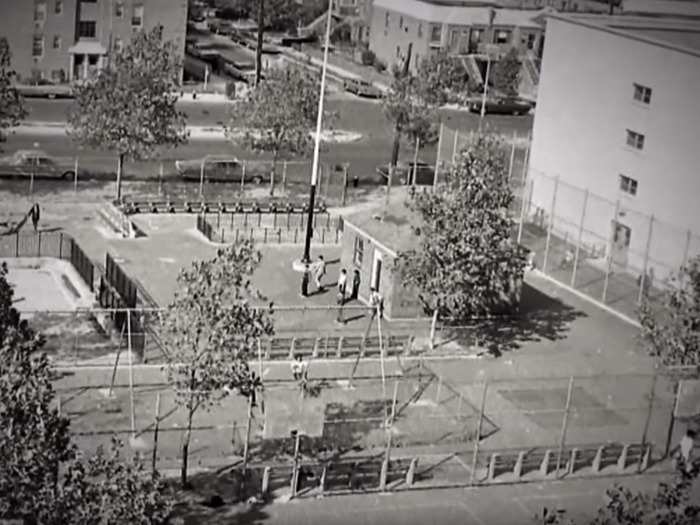
Source: Bloomberg

Source: "Pour Your Heart Into It"

Source: "Pour Your Heart Into It"

Source: "Pour Your Heart Into It"

Source: "Pour Your Heart Into It"

Source: "Pour Your Heart Into It"

Source: Bloomberg, "Pour Your Heart Into It"

Source: "Pour Your Heart Into It"

Source: "Pour Your Heart Into It"

Source: "Pour Your Heart Into It"

Source: "Pour Your Heart Into It", Bloomberg

Source: Starbucks

Source: ESPN, Sports Business Daily, MyNorthwest

Source: Business Insider

Source: Reuters, Associated Press

Source: Associated Press

Source: "Pour Your Heart Into It"

Source: Amazon

Source: Wealth-X
 I spent $2,000 for 7 nights in a 179-square-foot room on one of the world's largest cruise ships. Take a look inside my cabin.
I spent $2,000 for 7 nights in a 179-square-foot room on one of the world's largest cruise ships. Take a look inside my cabin. Saudi Arabia wants China to help fund its struggling $500 billion Neom megaproject. Investors may not be too excited.
Saudi Arabia wants China to help fund its struggling $500 billion Neom megaproject. Investors may not be too excited. One of the world's only 5-star airlines seems to be considering asking business-class passengers to bring their own cutlery
One of the world's only 5-star airlines seems to be considering asking business-class passengers to bring their own cutlery From terrace to table: 8 Edible plants you can grow in your home
From terrace to table: 8 Edible plants you can grow in your home
 India fourth largest military spender globally in 2023: SIPRI report
India fourth largest military spender globally in 2023: SIPRI report
 New study forecasts high chance of record-breaking heat and humidity in India in the coming months
New study forecasts high chance of record-breaking heat and humidity in India in the coming months

Copyright © 2024. Times Internet Limited. All rights reserved.For reprint rights. Times Syndication Service.